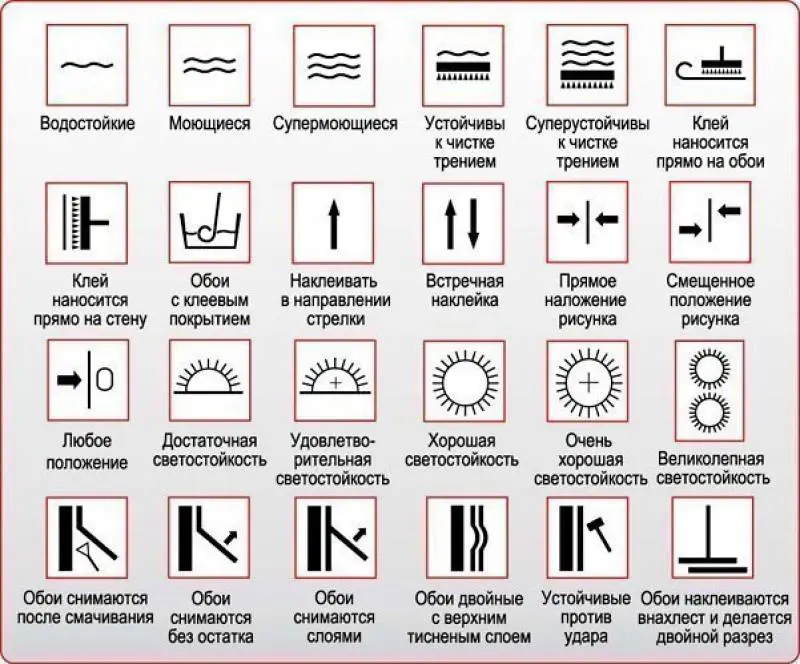There can be your advertisement
300x150
How to Care for Your Lawn
For anyone with a private home, having a beautiful and well-kept lawn is one of the main goals when decorating your garden plot. Surely, many people know how pleasant it is to walk barefoot on soft green grass or to lay out a picnic on a natural green carpet near the house on a warm summer day. To make this dream come true, you need your own home, and everything else is a matter of technology.
If you've decided to create a lawn on your garden plot yourself, it's essential to know several key points that will help you achieve a professional-looking green carpet without mistakes, so your efforts and financial resources aren't wasted.You should know that besides its decorative function, a lawn performs several other important roles. For example, grass can adsorb large amounts of dust from the air on its surface, making the lawn a natural, ecological filter that cleans the atmosphere around your home. Moreover, a properly planted lawn prevents the spread of weeds, which serves both an aesthetic purpose and reduces the need for extra work on your garden.If placed and planted correctly, a lawn can absorb a significant portion of ground vibrations coming from nearby roads or highways.Don't forget that grass is a plant like any other, capable of absorbing carbon dioxide (carbon monoxide), and in return, the lawn releases oxygen essential for humans and all living creatures. In addition, lawns cool and humidify the air, which is especially important on hot summer days.Creating a lawn on your own is not difficult. There are several main methods for establishing a lawn.The first method is direct seeding onto a prepared soil surface.The second method is laying down pre-grown lawn rolls.The third method involves spreading soil mixed with seeds and roots evenly over the area. However, this method has not gained widespread use and is rarely applied today, as the soil may contain unwanted weeds along with the desired plants.The actual seeding process involves taking a handful of seeds and evenly scattering them across the surface you wish to create. After seeding, the area must be compacted and watered carefully—avoid high-pressure watering, as this could wash away newly sown seeds.If you use the second method, there's no problem. Simply unroll the pre-made lawn rolls onto the prepared surface, compact them, and then water thoroughly.After the lawn is established, proper maintenance is essential, especially in the early stages. Regular mowing, weeding, and watering are required. If you follow these steps consistently, you’ll achieve excellent results.
More articles:
 5 Rules for an Ergonomic Kitchen
5 Rules for an Ergonomic Kitchen 4 правила вибору кольору для кухні
4 правила вибору кольору для кухні Idea for Home: Playful Wallpapers
Idea for Home: Playful Wallpapers Що означають надписи на обоях?
Що означають надписи на обоях? Альтернативний підокінник: 7 корисних ідей
Альтернативний підокінник: 7 корисних ідей 20 пораджань, як візуально збільшити кухонне простір
20 пораджань, як візуально збільшити кухонне простір 7 унікальних рецептів безпечних засобів для чищення
7 унікальних рецептів безпечних засобів для чищення Floor Covering. 4 Key Components
Floor Covering. 4 Key Components